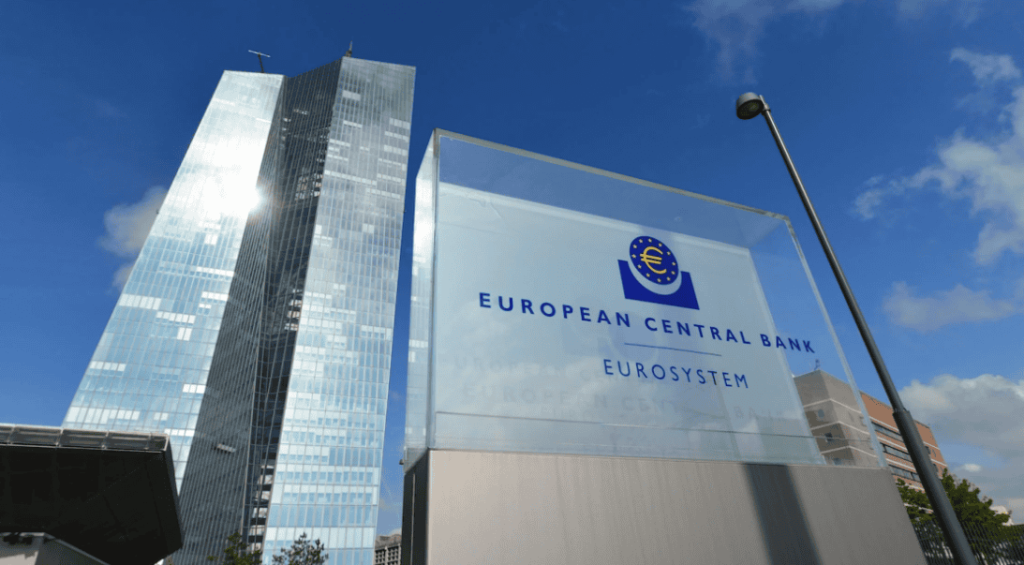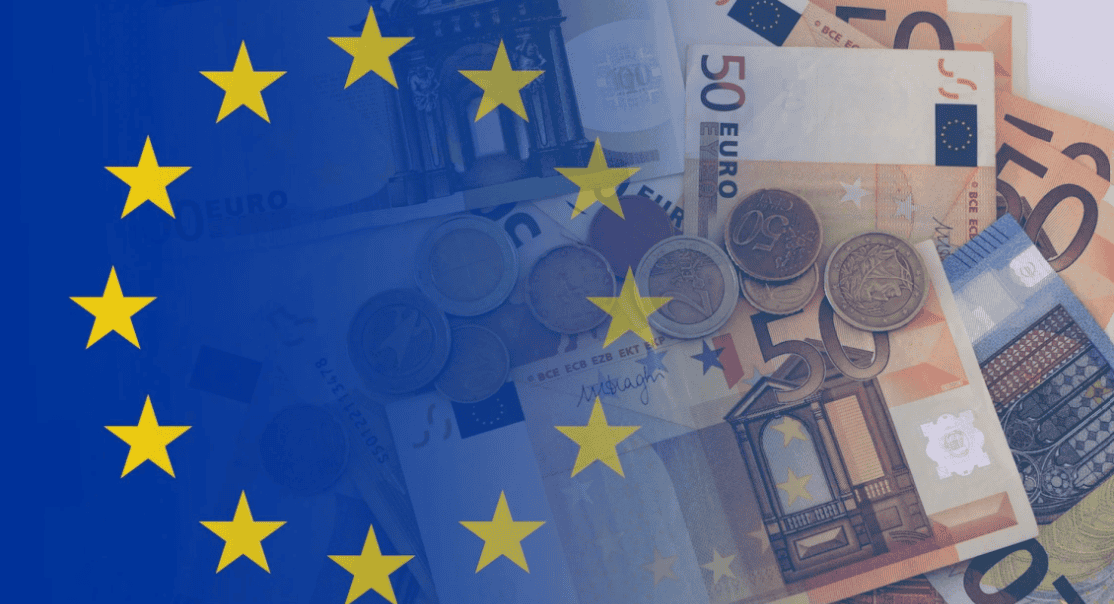In March 2020, the ECB recommended that euro area banks temporarily halt dividend distributions to shareholders and suspend share buybacks. As a result, dividends and the dividend payout ratio were near zero in 2020. This column shows that the dividend ban led to an increase in credit supply in the syndicated loans market. However, the dividend restriction also led to a pronounced decline in banks’ share prices, particularly in the first month of the pandemic. This could pose risks for financial stability and banks’ long-term credit supply capacities and should therefore be taken into account by policymakers in the future.
The ECB’s recommendation for banks to restrict dividend distributions during the COVID-19 crisis effectively stimulated lending to the broader economy. This policy tool was particularly beneficial for addressing firms’ short-term liquidity needs. However, regulators should exercise caution in adopting dividend restrictions as part of their regulatory toolkit. Besides the positive impact of the dividend ban on credit supply, the restrictions also negatively impacted dividend-paying banks’ valuations, which may have adverse long-term effects on banks’ lending capacity and broader financial stability. Such impacts could ultimately interfere with the policy’s primary goal of fostering an increased supply of credit.
In the early stages of the COVID-19 pandemic, on 27 March 2020, the ECB recommended that euro area banks halt dividend distributions to shareholders and suspend share buybacks from profits earned in 2019 and 2020, until at least October 2020. The recommendation aimed to ensure that banks remained well-capitalised and able to expand lending to the real economy amid heightened financial uncertainty. This unprecedented supervisory action represents a countercyclical measure intended to mitigate the anticipated COVID-induced recession, particularly given that bank lending serves as the primary source of corporate funding within the euro area. Though presented as a recommendation, the ECB’s guidance was quickly reinforced by similar requests from the European Banking Authority (EBA), the European Systemic Risk Board (ESRB), and numerous national supervisory authorities. In response, most banks swiftly announced plans to suspend future dividend payments and share buybacks. As illustrated in Figure 1, these measures led to a dramatic reduction in both dividends paid and the payout ratio for euro area banks, bringing both figures down to near-zero in 2020.
Figure 1 Yearly average dividend payout ratio and aggregate dividends paid


Notes: This figure shows the yearly average dividend payout ratio (POR) for 62 listed euro area banks, as well as aggregate dividends paid (in USD). Payout ratios are calculated as dividends per share paid, divided by the previous year’s earnings per share.
Theoretical models support the idea of a dividend ban, indicating that restricting banks from paying dividends can positively impact the broader economy (Muñoz 2020). This is mainly because banks rely on retained earnings to absorb financial shocks and prioritise maintaining stable dividend payouts. Bank shareholders tend to penalise dividend cuts. Consequently, banks tend to act procyclically during crises. During such times, bank profits are likely to decline. By maintaining consistent dividend payout ratios despite reduced profits, banks erode their capital bases, limiting their lending capacity—an outcome policymakers would aim to prevent.
In a recent paper (Sanders et al. 2024), we show that the ECB’s dividend ban was successful in stimulating credit supply to the real economy, confirming earlier evidence by Dautovic et al. (2023). We highlight that the dividend ban led to an increase in credit supply in the syndicated loans market. Compared to non-dividend paying banks, the banks that were affected by the dividend ban increased the size of the average new loan by 30%, as shown in Figure 2. We also find that this positive effect is primarily driven by an increase in loan amounts of new credit lines and unsecured lending. Banks further expanded lending to new borrowers, and we find the strongest effect for short-maturity loans, indicating that they focused on meeting firms’ immediate credit needs during the financial uncertainty of the pandemic. This 30% increase at the loan-level corresponds to approximately $16 billion in additional aggregate credit supply. Our methodology ensures that this positive effect is directly attributable to the dividend ban, and the effect should therefore be considered alongside the impact of other measures, such as fiscal policies and additional macroprudential and monetary instruments implemented during the pandemic.
Figure 2 Impact of the dividend ban on syndicated lending


Notes: This figure displays the percentage change in syndicated lending due to the dividend ban across various loan categories. The blue dots represent the percentage change, and the error bars show the 95% confidence intervals for each loan type.
Besides the intended positive consequences for credit supply, launching a dividend ban may carry significant costs as well. Research indicates that the short-term impact on bank valuations has been markedly negative (Andreeva et al. 2023, Pablos and Pérez Montes 2022; Sanders et al. 2024). We find that the dividend ban announcement led to a pronounced decline in banks’ share prices of more than 5%, as illustrated in Figure 3. At the same time, the negative impact had largely disappeared by the end of May 2020, suggesting that the long-term negative implications of the dividend ban were rather limited.
Figure 3 Impact of the dividend ban on bank valuations


Notes: This figure illustrates the cumulative return on bank valuations following the dividend ban over three time periods: one week, end of April, and end of May. The blue dots represent the mean cumulative returns, while the error bars indicate the 95% confidence intervals for each time point.
Despite its temporary nature, the negative valuation impact should raise concerns for policymakers for several reasons. First, large valuation drops could incentivise banks to reassure their shareholders that dividends are only temporarily suspended rather than permanently lost. Hence, banks might opt to preserve the retained capital rather than using it to support lending activities. Second, the critical role of banks within the financial system means that sharp fluctuations in their stock prices could generate panic beyond the financial sector. Additionally, banks with lower market capitalisations are more vulnerable during crises because it jeopardises their ability to raise capital when necessary.
Perhaps most concerning is the potential for a persistent increase in banks’ funding costs if shareholders start to anticipate that the dividend ban may become a more permanent policy tool, and hence start to price in the potential of more frequent dividend bans in the longer term. This is crucial, as higher funding costs generally lead to tighter lending conditions for the broader economy. Initial studies suggest that the dividend ban in Europe has resulted in a longer-term increase in the cost of equity for dividend-paying banks, which is only partially offset by a decline in their cost of debt (Acosta-Smith et al. 2023). To date, research indicates that the adverse effects on bank valuations have not significantly impaired their capacity to extend credit (Sanders et al. 2024, Acosta-Smith et al. 2023). However, policymakers should exercise caution when interpreting these findings. This instance marked the first occasion in which a dividend ban was instituted by a policymaker, hence it was unanticipated by bank shareholders. Furthermore, the unique circumstances of the pandemic may have influenced the outcomes.
To conclude, the COVID-19 pandemic marked the introduction of dividend restrictions as a macroprudential policy tool. Evidence, including our own, has shown that the ECB dividend ban successfully stimulated credit supply by euro area banks, but that bank valuations suffered as a result of the measure. This could pose risks for financial stability and banks’ credit supplying capacities and should therefore duly be taken into account by policymakers.
Source : VOXeu



































































